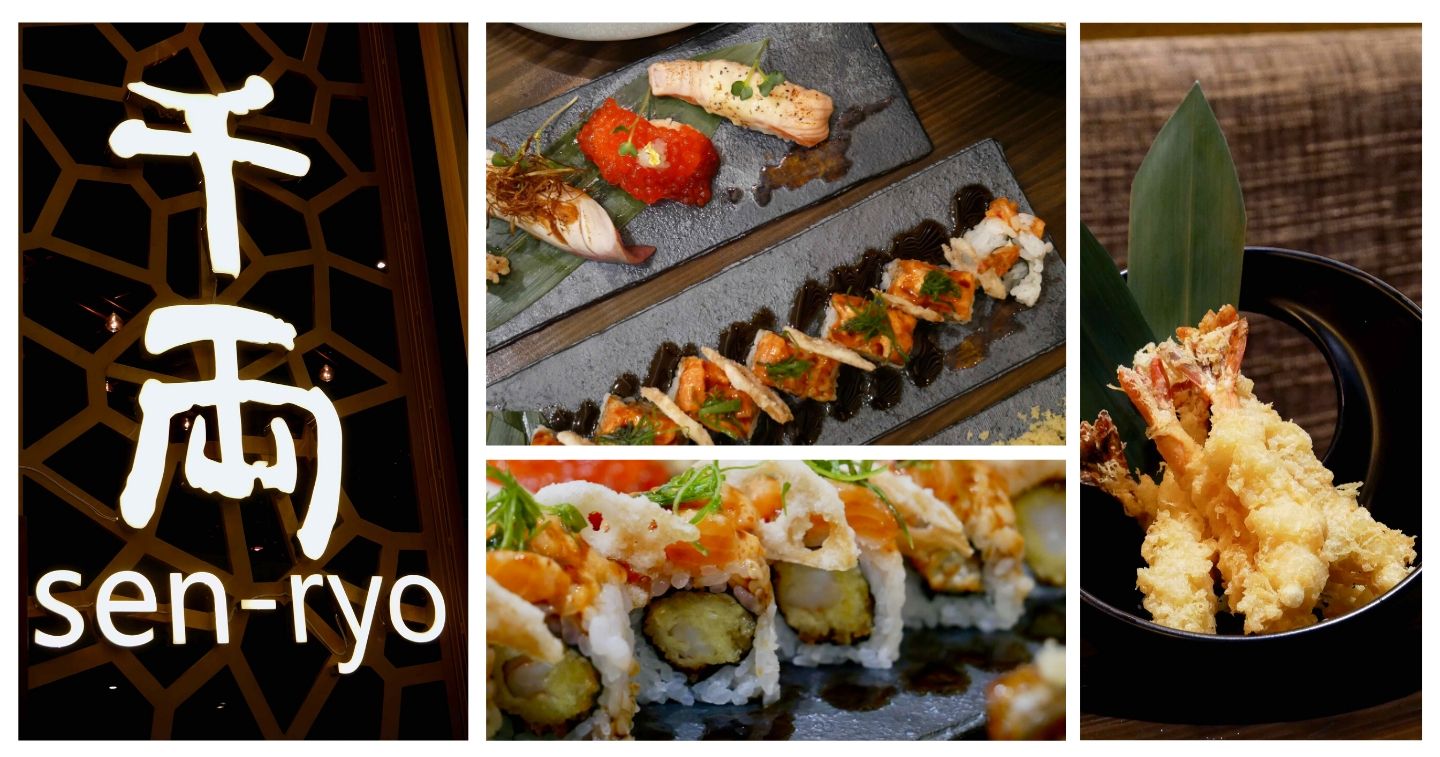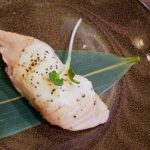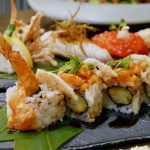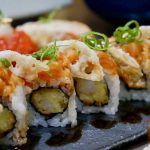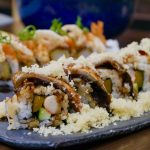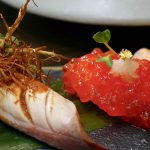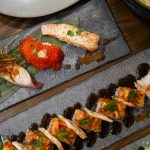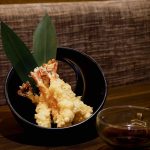MANILA, PHILIPPINES — How good does your food have to be to compel someone to buy a franchise and bring it over to his home country? While most businessmen would actively seek out possible ventures or opportunities, for Yumantree, Inc. CEO Eric Teng, the reason why he and his group decided to bring premium Japanese sushi restaurant Sen-ryo to the Philippines was solely based on how much they personally loved the food.
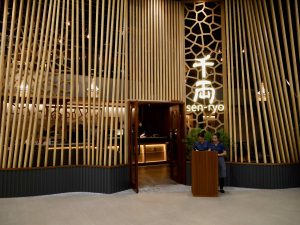
Sen-ryo is a sushiya that originated from Tokyo, but the one that Teng fell in love with was the branch he stumbled upon while in Hong Kong. He enjoyed the food so much that he repeatedly brought family and friends to the restaurant, turning it into a regular pitstop whenever they were in the city.
 “Friends, family, they tend to like Sen-ryo as well, it’s not like I’m going to drag them there to eat something that only I like. It seems like everybody seems to like it. So I usually say hey we have some time, want to go to Sen-Ryo? ‘Okay, let’s go to Sen-ryo.’ And when we’re there, it always seems to be full. It’s like one of those reliable places that I know is true Japanese execution of the sushi,” Teng shares.
“Friends, family, they tend to like Sen-ryo as well, it’s not like I’m going to drag them there to eat something that only I like. It seems like everybody seems to like it. So I usually say hey we have some time, want to go to Sen-Ryo? ‘Okay, let’s go to Sen-ryo.’ And when we’re there, it always seems to be full. It’s like one of those reliable places that I know is true Japanese execution of the sushi,” Teng shares.
This isn’t Teng’s first time to bring over a well-known international brand to the Philippines. In fact, under their company’s belt are the likes of of Mango Tree, Genki Sushi, Cocina Peruvia, and Kureji. As his circle of friends and family continued to crave for the premium rolls of nigiri and delicate cuts of sushi and sashimi, Teng realized he could bring the sushiya to the Philippines too and share the experience to even more people, with the side benefit of not having to go to Hong Kong himself anymore whenever he wants to eat at Sen-ryo. And after months of preparations, the restaurant’s first branch in the Philippines finally opened at The Podium in Mandaluyong City.
Sen-ryo strives to offer authentic Japanese cuisine, combining the freshest ingredients, traditional techniques, and modern technology to delivery the culinary mastery and sushi-making artistry that the brand has become known for in Asia. Its new branch in the city is its fourth in the roster, after Shanghai, Hong Kong, and its flagship store in Tokyo.
The store’s interiors showcase simple materials such as wood and metal used in unique and unusual ways—creating a luxe lounge where one can relax and enjoy great sushi. Inspired by nature, the owners chose wood shaped like waves to represent the flow of water.
Every detail—from the plates and cutlery, to the décor and lights were specially chosen to transform the space into one of elegance and simplicity. With two private horigotatsu rooms (a traditional Japanese table that has a recessed floor beneath it) and one private room at the mezzanine level, guests are sure to enjoy an intimate dining experience. Sen-ryo accommodates up to 120 guests.
Sushi-making is without a doubt an art form, and although the other branches abroad serve through conveyor belts as part of the modern day sushiya experience, the art and science in creating great sushi hasn’t been lost.

In opening Sen-ryo in the Philippines, Teng shared how meticulous the group was in making sure everything was brought over, including not just the freshly sourced ingredients but the technique and craftsmanship as well.
In fact, several of the Japanese chefs have flown in to the country where they will stay for at least 2 months to train their local counterparts, gradually giving them the reins once they are confident enough that the restaurant can proudly represent the brand. This is to make sure that each bite will be as good as the ones served in their other branches.
Sen-ryo’s menu is filled with premium selects of sushi and sashimi. You can never go wrong with classics like maguro (tuna) or shake (salmon), but if you want something a bit different, they serve seared salmon sashimi with a touch of cheese. They also serve salmon roe with a hint of gold leaf as extra eye candy, but a favorite would have to be the golden dragon roll — a California roll topped with unagi and tempura flakes that not only creates a myriad of textures but a balanced mix of flavors too. There’s also one thing on the menu that you can’t find in their other branches, which is their selection of tempura.
When asked about his personal favorite item in the Philippine menu, Teng beamed and stated, “It seems that the chefs have curated the menu, so that we only have the best of certain items. Not everything. We don’t want everything, we just want a few of the best things there. So everything I tried, I really enjoyed because it’s something quite different. It’s like a new experience. Sushi’s been around, of course. But when you see them add their touches to make it their kind of sushi, it’s [truly] a different experience.”

